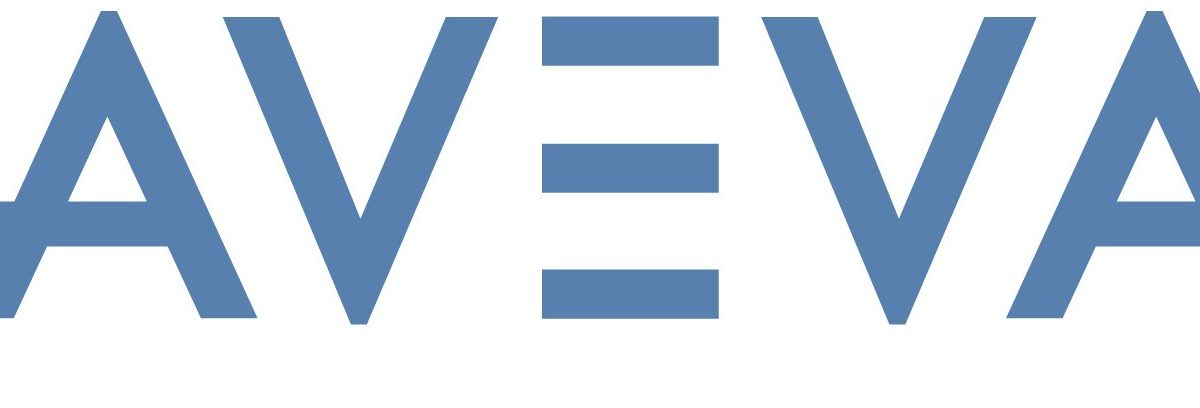1. EXECUTIVE SUMMARY
-
CVSS v3 6.5
- ATTENTION: Low skill level to exploit
- Vendor: AVEVA
- Equipment: InduSoft Web Studio, InTouch Edge HMI
- Vulnerability: Uncontrolled Search Path Element
2. RISK EVALUATION
Successful exploitation of this vulnerability could allow execution of unauthorized code or commands.
3. TECHNICAL DETAILS
3.1 AFFECTED PRODUCTS
The following versions of AVEVA InduSoft Web Studio and InTouch Edge HMI are affected by a vulnerability in a third-party component, Gemalto Sentinel UltraPro encryption keys.
- InduSoft Web Studio versions prior to v8.1 SP3
- InTouch Edge HMI versions prior to 2017 Update 3
3.2 VULNERABILITY OVERVIEW
3.2.1 UNCONTROLLED SEARCH PATH ELEMENT CWE-427
The uncontrolled search path element vulnerability allows an attacker to load and execute a malicious file from the ux32w.dll in third-party component Sentinel UltraPro.
CVE-2019-6534 has been assigned to this vulnerability. A CVSS v3 base score of 6.5 has been calculated; the CVSS vector string is (AV:L/AC:L/PR:H/UI:R/S:U/C:H/I:H/A:H).
3.3 BACKGROUND
- CRITICAL INFRASTRUCTURE SECTORS: Commercial Facilities, Critical Manufacturing, Energy, Transportation Systems, and Water and Wastewater Systems
- COUNTRIES/AREAS DEPLOYED: Worldwide
- COMPANY HEADQUARTERS LOCATION: United Kingdom
3.4 RESEARCHER
ADLab of Venustech reported this vulnerability to NCCIC.
4. MITIGATIONS
AVEVA recommends that users upgrade to the latest versions located the following links:
InduSoft Web Studio v8.1 SP3
http://download.indusoft.com/81.3.0/IWS81.3.0.zip
InTouch Edge HMI 2017 Update 3
https://softwaresupportsp.schneider-electric.com/#/producthub/details?id=52354 (login required)
Users who are unable to upgrade to the latest version of InduSoft Web Studio or InTouch Edge HMI, can alternatively apply Security Update LFSec131:
http://www.indusoft.com/download/patches/security/LFSec131.zip
https://softwaresupportsp.schneider-electric.com/#/producthub/details?id=52410 (login required)
For addition information please see AVEVA Security Bulletin LFSEC00000131:
https://sw.aveva.com/hubfs/assets-2018/pdf/security-bulletin/SecurityBulletin_LFSec131.pdf
NCCIC recommends users take defensive measures to minimize the risk of exploitation of this vulnerability. Specifically, users should:
- Minimize network exposure for all control system devices and/or systems, and ensure that they are not accessible from the Internet.
- Locate control system networks and remote devices behind firewalls, and isolate them from the business network.
- When remote access is required, use secure methods, such as Virtual Private Networks (VPNs), recognizing that VPNs may have vulnerabilities and should be updated to the most current version available. Also recognize that VPN is only as secure as the connected devices.
NCCIC reminds organizations to perform proper impact analysis and risk assessment prior to deploying defensive measures.
NCCIC also provides a section for control systems security recommended practices on the ICS-CERT web page. Several recommended practices are available for reading and download, including Improving Industrial Control Systems Cybersecurity with Defense-in-Depth Strategies.
Additional mitigation guidance and recommended practices are publicly available on the ICS-CERT website in the Technical Information Paper, ICS-TIP-12-146-01B–Targeted Cyber Intrusion Detection and Mitigation Strategies.
Organizations observing any suspected malicious activity should follow their established internal procedures and report their findings to NCCIC for tracking and correlation against other incidents.
No known public exploits specifically target this vulnerability. This vulnerability is not exploitable remotely.
Source:
https://ics-cert.us-cert.gov/advisories/ICSA-19-078-01


Stay connected